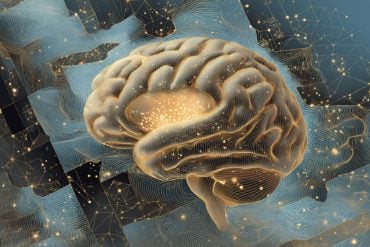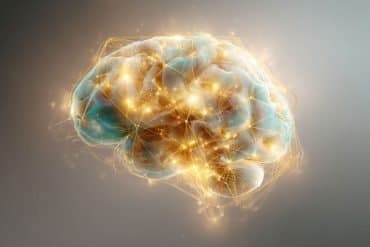Summary: A ventral tegmental area dopamine neuron circuit that projects to the basolateral amygdala selectively controls anxiety-like behaviors, but not depression-like behaviors.
Source: Chinese Academy of Science
Anxiety disorders are the most common psychiatric illnesses. Some patients suffering from anxiety disorders also display depressive-like symptoms, leading to greater severity and complexity of anxiety disorders.
Recently, researchers from Shenzhen Institute of Advanced Technology (SIAT) of the Chinese Academy of Sciences (CAS) and Icahn School of Medicine at Mount Sinai have revealed the functional role for VTA→BLA dopamine neurons controlling anxiety-related behaviors not only in singular anxiety, but also in anxiety-depression comorbid conditions in mice.
This study was published in Nature Communications on March 22.
The chronic social defeat stress (CSDS) paradigm can induce singular or combined anxiety- and depressive-like phenotypes in mice. Based on this model, the researchers found that a ventral tegmental area (VTA) dopamine circuit projecting to the basolateral amygdala (BLA) selectively controlled anxiety-like but not depression-like behaviors.

Through circuit-dissecting ex vivo electrophysiology and in vivo fiber photometry approaches, they discovered that expression of anxiety-like not depressive-like phenotypes were negatively correlated with VTA→BLA dopamine neuron activity.
Furthermore, bidirectional optogenetic manipulation by using inhibitory NpHR or excitatory ChR2 demonstrated a causal link between such neuronal activity and anxiety-like behaviors.
This study provides new insights into the functional role of VTA→BLA dopamine neurons in selective regulation of anxiety-related behaviors.
About this anxiety and neuroscience research news
Author: Press Office
Source: Chinese Academy of Science
Contact: Press Office – Chinese Academy of Science
Image: The image is credited to the researchers
Original Research: Open access.
“Midbrain projection to the basolateral amygdala encodes anxiety-like but not depression-like behaviors” by Carole Morel et al. Nature Communications
Abstract
Midbrain projection to the basolateral amygdala encodes anxiety-like but not depression-like behaviors
Anxiety disorders are complex diseases, and often co-occur with depression. It is as yet unclear if a common neural circuit controls anxiety-related behaviors in both anxiety-alone and comorbid conditions.
Here, utilizing the chronic social defeat stress (CSDS) paradigm that induces singular or combined anxiety- and depressive-like phenotypes in mice, we show that a ventral tegmental area (VTA) dopamine circuit projecting to the basolateral amygdala (BLA) selectively controls anxiety- but not depression-like behaviors.
Using circuit-dissecting ex vivo electrophysiology and in vivo fiber photometry approaches, we establish that expression of anxiety-like, but not depressive-like, phenotypes are negatively correlated with VTA → BLA dopamine neuron activity. Further, our optogenetic studies demonstrate a causal link between such neuronal activity and anxiety-like behaviors.
Overall, these data establish a functional role for VTA → BLA dopamine neurons in bi-directionally controlling anxiety-related behaviors not only in anxiety-alone, but also in anxiety-depressive comorbid conditions in mice.






